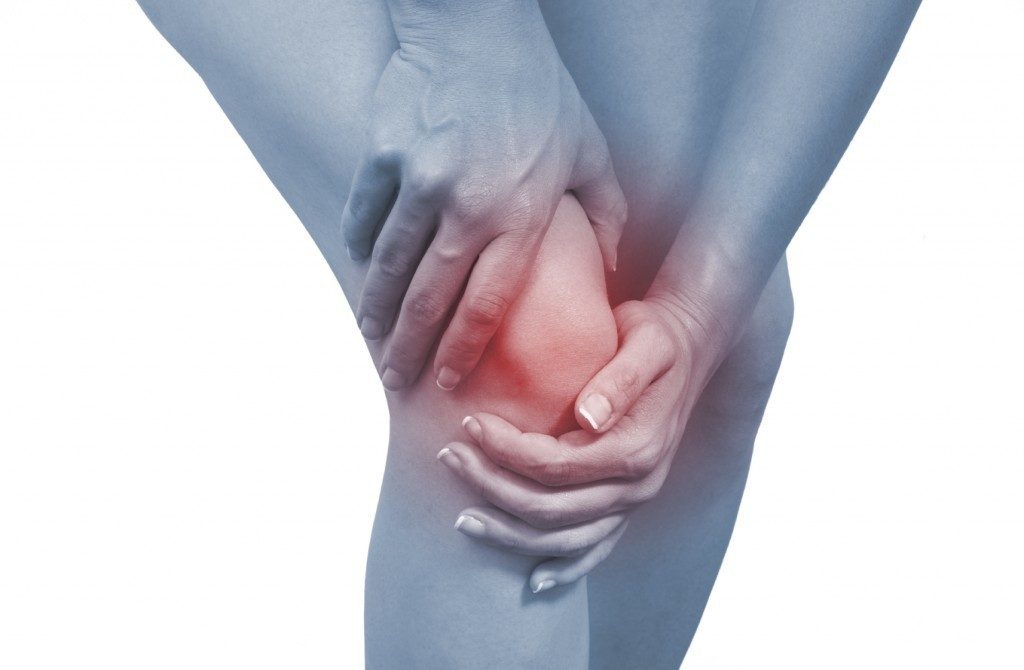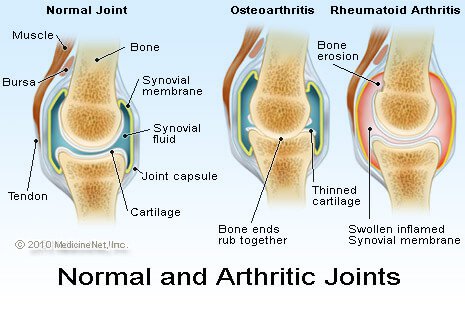Common Rheumatic Disorders
Years ago, conditions like this fell under the broad heading of rheumatism. Now there are more than 200 distinct rheumatic diseases. Among the most common ones are:
- Osteoarthritis
- Rheumatoid arthritis (RA)
- Lupus
- Spondyloarthropathies - ankylosing spondylitis (AS) and psoriatic arthritis(PsA)
- Sjogren’s syndrome
- Gout
- Scleroderma
- Infectious arthritis
- Juvenile idiopathic arthritis
- Polymyalgia rheumatica
What Causes Rheumatic Disease ?
Most of these conditions happen when your immune system goes awry and attacks your own tissues. Doctors aren’t sure what causes this. Sometimes it’s in your genes. Other times it’s a result of something in the world around you, like cigarette smoke, pollution, or something that causes an infection. Gender also plays a role — rheumatic diseases seem to affect women more than men.
What to Expect When You Have a Rheumatic Disease
Osteoarthritis (OA)
What it is: Unlike most rheumatic diseases, osteoarthritis isn’t linked to problems with your immune system. It results from damage to cartilage, the cushiony material on the end of your bones. As it wears down, your joints hurt and become harder to move. It usually affects the knees, hips, lower back, neck, fingers, and feet.
Symptoms:
- Pain
- Swelling
- Warmth
- Stiffness
Muscle weakness can make joints unstable. Depending on what parts of the body it affects, OA can make it hard to walk, grip objects, dress, comb your hair, or sit.
Diagnosis: Your doctor will ask about your medical history and symptoms. You’ll also get a physical exam. You may also need to get blood tests or let your doctor take a sample of fluid from an affected joint.
Usually by the time someone with OA seeks treatment, there are changes visible on an X-ray of the joint. The X-ray may show narrowing of the joint space or the presence of bone spurs. In some cases, your doctor might request an MRI (magnetic resonance imaging) to provide a picture of the inside of your joint.

Rheumatoid Arthritis (RA)
What it is: RA happens when the immune system attacks your own tissues and causes joint pain, swelling, and stiffness. It’s not part of normal aging.
Symptoms:
- Pain and swelling in multiple joints (usually the same joints on both sides of your body, like both wrists or both ankles)
- Problems in other organs such as the eyes and lungs
- Joint stiffness, especially in the morning
- Fatigue
- Lumps called rheumatoid nodules
Diagnosis: You’ll get a checkup and tell your doctor about your health history. The doctor may take X-rays and samples of your joint fluid. He’ll do blood tests that look for different signs of inflammation. These are :
- Antinuclear antibody (ANA)
- Anti-cyclic citrullinated peptides (anti-CCP)
- Complete blood count
- C-reactive protein (CRP)
- Erythrocyte sedimentation rate (ESR)
- Rheumatoid factor (RF)

Lupus
What it is: Lupus (also called SLE or systemic lupus erythematosus) is an autoimmune disease. It can affect many organs in your body.
Symptoms:
- Joint pain
- Fatigue
- Joint stiffness
- Rashes, including a “butterfly” rash across the cheeks
- Sun sensitivity
- Hair loss
- Blue or white fingers or toes when exposed to cold (called Raynaud’s phenomenon)
- Problems in other organs such as the kidneys
- Blood disorders, such as anemia and low levels of white blood cells or platelets
- Chest pain from inflammation of the lining of the heart or lungs
- Seizures or strokes
Diagnosis: Your doctor will ask about your medical history, do a physical exam, and order lab tests of blood and urine samples. Blood tests for lupus include:
- Antinuclear antibody test (ANA). Most people with lupus have a positive ANA blood test.
- Anti-double stranded DNA antibody (Anti-dsDNA)
- Anti-Smith antibody (Anti-Sm)
